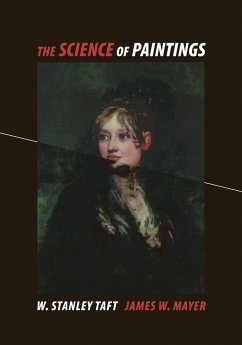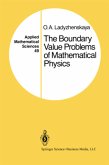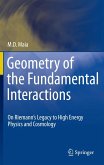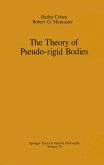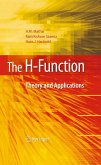The beauty, mystery, joy, and inspired observation of the human spirit that paintings evoke result from a complex of intuitive and cognitive choices made by the artist. An understanding of the genesis of these choices can be as elusive as the resulting imagery, but great paintings seem to initiate in us a curiosity about the ideas, methods, and mate- als used by their creators. In the twentieth century connoisseurship has been enriched by the application of methods of scientific analysis. The results of these investigations into the physical properties of paintings have shed new light on their authenticity and individual histories as well as on the craft in general. Developments in the fields of physics and chemistry have allowed us to understand still more about how we p- ceive and interact with paintings. This book is intended for those both inside and outside the field of art who wish to gain insight into the making of paintings. It is directed toward students, teachers, and scientists in engineering, physics, and chemistry as well as those in art, art history, and art conservation. This book grew out of the interdisciplinary undergraduate-level course Art, Isotopes, and Ana- sis taught at Cornell University by the two authors and supported in l- tures and seminars by three of the contributing authors: Dr. Richard Newman, of the Museum of Fine Arts, Boston; Dr. Dusan Stulik, of the Getty Conservation Institute; and Prof.
"In this respect the book by W Stanley Taft and James W Mayer is quite successful. Besides constituting a good and comprehensive introduction to the science of materials involved in a painting and to the processes through which a painting is made, which is of interest to those concerned with conservation and restoration of art objects, it is also an intriguing reading for everyone interested in gaining insight into the making of paintings and curious about the mechanisms of their perception by the viewer. The book starts with a systematic analysis of the materials used for making a painting: The book is well written. Apart from some of the appendices (where, however, mathematics has been conveniently limited) all the technical stuff is well balanced throughout the text, and its reading is never boring. All scientists involved in the conservation and restoration of paintings, especially those needing an introduction to the physics behind these topics, will enjoy reading this book." --Measurement Science and Technology

